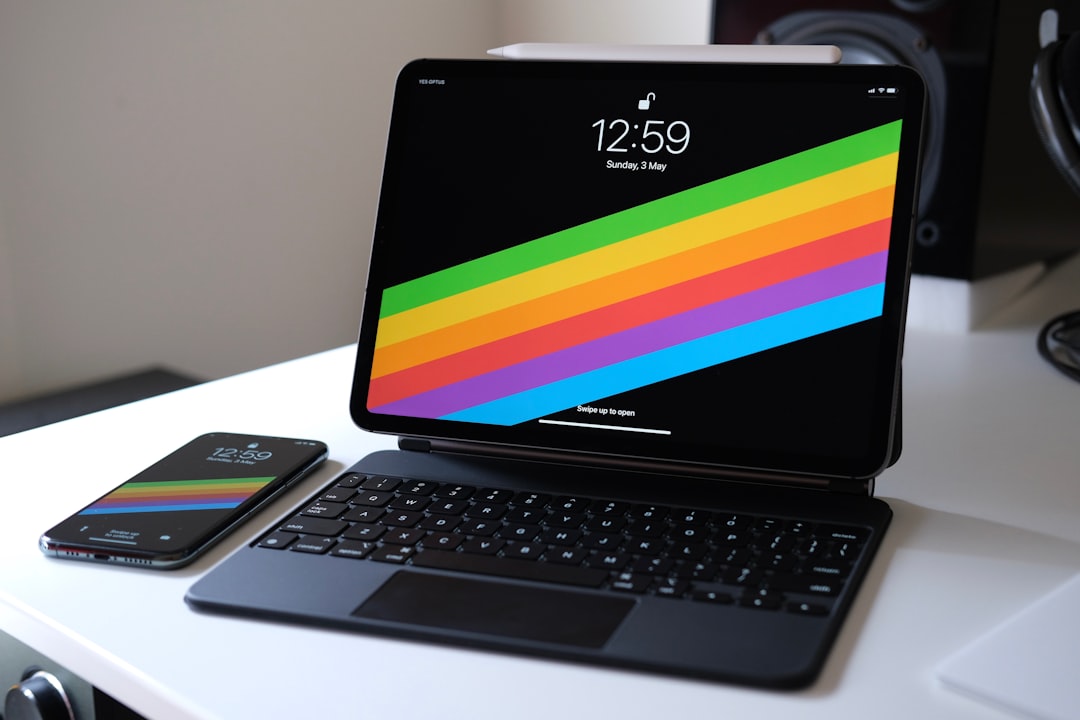Samsung has long been a dominant player in the Android tablet market, and its Ultra series has evolved into a flagship line dedicated to pushing the boundaries of performance, display, and productivity. With the recent launch of the Galaxy Tab S10 Ultra, enthusiasts and professionals alike are eager to know how it stacks up against its predecessor, the Tab S9 Ultra. This detailed comparison delves into the specifics of both models, providing an objective and comprehensive overview to help you decide whether an upgrade is worth your money.
Table of Contents
Design and Build Quality
Both tablets feature a sleek, premium build typical of Samsung’s high-end devices. They sport an ultra-slim profile and aluminum frames, offering durability and style in a lightweight package. The design aesthetic hasn’t changed drastically between the two.
- Tab S9 Ultra: Measures at 326.4 x 208.6 x 5.5 mm and weighs around 732g.
- Tab S10 Ultra: Slightly thinner at 5.4 mm, while maintaining nearly the same weight, showcasing Samsung’s focus on refinement over reinvention.
While the differences are marginal, users who prioritize portability may appreciate the minor refinements in the S10 Ultra’s ergonomics.
Display
The display is a key area of innovation for Samsung, and both tablets reflect the company’s cutting-edge display technology. That said, the S10 Ultra does take a step forward.
- Tab S9 Ultra: 14.6-inch Dynamic AMOLED 2X, 2960 x 1848 resolution, 120Hz refresh rate.
- Tab S10 Ultra: Same 14.6-inch size and resolution but introduces improved brightness (up to 1800 nits) and better color accuracy thanks to an upgraded HDR engine.
These enhancements make the S10 Ultra more suitable for viewing in outdoor environments and offer a more immersive experience for media consumption and creative tasks.

The refresh rate remains at 120Hz on both models, ensuring smooth scrolling and responsive touch interaction. However, the S10 Ultra benefits from an adaptive refresh rate feature, which dynamically adjusts based on content, leading to improved battery efficiency.
Performance and Hardware
Under the hood, the Galaxy Tab S10 Ultra receives a noticeable upgrade in processor technology, moving to the next generation of Qualcomm’s flagship SoC.
- Tab S9 Ultra: Powered by the Snapdragon 8 Gen 2 for Galaxy chip.
- Tab S10 Ultra: Upgraded to the Snapdragon 8 Gen 3 for Galaxy, offering higher CPU and GPU performance.
Users will find the S10 Ultra more capable in intensive tasks such as 4K video editing, 3D rendering, and AAA gaming titles. Additionally, the S10 Ultra has improved onboard cooling, which allows sustained performance without thermal throttling under extended load.
RAM and internal storage options remain largely consistent:
- Base variant: 12GB RAM and 256GB storage for both models.
- Higher variants: Up to 16GB RAM and 1TB storage (with microSD card support up to 1TB).
Software and Features
Both tablets run Samsung’s One UI over Android, but the S10 Ultra ships with One UI 6.1.1, introducing several productivity features and improved integration with Samsung’s ecosystem.
- New S-Pen Features: The S10 Ultra’s S-Pen has reduced latency and new gesture controls.
- Dex Mode: Enhanced on the S10 Ultra, offering faster app switching and improved external display support.
- Galaxy AI: AI-powered summarization, transcription, and image enhancement features integrated into native apps.
These features position the S10 Ultra as a more capable productivity device, particularly convenient for creatives, business professionals, and educators.
Battery Life and Charging
Battery life is a crucial factor for high-performance tablets. Both models feature a 11,200 mAh battery, capable of lasting all day with moderate to heavy use. However, improvements in the S10 Ultra’s energy management make a slight difference.
- Tab S9 Ultra: Approximately 12 hours of mixed use.
- Tab S10 Ultra: Up to 13.5 hours, aided by adaptive refresh rate and more efficient chipset.
Charging speeds remain the same at 45W wired fast charging via USB-C, delivering a full charge in approximately 80 minutes. Wireless charging is still not supported, a feature some users had hoped would debut with the S10 Ultra.
Camera Capabilities
While tablets aren’t traditionally used for photography, Samsung has made strides to improve the camera systems, especially for video conferencing and content creation.
- Tab S9 Ultra: Dual rear cameras (13MP wide + 8MP ultrawide) and Dual 12MP front cameras.
- Tab S10 Ultra: Updates the front setup with wider aperture lenses for better low-light performance, and adds AI-enhanced auto-framing during video calls.

These changes are subtle but meaningful for professionals relying on tablets for Zoom presentations, live streams, or digital content production.
Audio and Multimedia
Both devices offer quad speakers tuned by AKG, delivering excellent stereo separation and depth. The S10 Ultra features a marginally improved speaker design with wider frequency response, improving both bass fidelity and clarity in vocals. This makes it slightly better for immersive movie watching and high-definition music playback.
Connectivity
Connectivity has seen a small leap forward with the introduction of Wi-Fi 7 support on the Tab S10 Ultra, compared to Wi-Fi 6E on the S9 Ultra. This means faster theoretical speeds and better stability in congested environments.
Both devices still support optional 5G models, Bluetooth 5.3, and ultra-wideband for nearby device interaction. The USB-C port supports display output and data transfer, but Samsung has not yet transitioned to Thunderbolt 4, something creative professionals may continue to miss.
Pricing and Value Considerations
Pricing for the Tab S10 Ultra starts at approximately $1,199 USD, which is about $100 more than the Tab S9 Ultra’s launch price. Whether this price difference is justified depends on your user profile.
- If you already own the Tab S9 Ultra and primarily use it for casual browsing or media consumption, the upgrade may not be necessary.
- However, if productivity, on-device AI features, or peak performance are critical to you, the S10 Ultra offers ample reasons to justify the move.
It’s also worth noting that Samsung continues to offer generous trade-in values for previous models and bundles accessories like the S-Pen and keyboard cover during promotional periods.
Conclusion
The Galaxy Tab S10 Ultra doesn’t reinvent the wheel but iterates where it matters most: performance, display, and software features. While the industrial design remains consistent with the Tab S9 Ultra, the enhancements in brightness, AI-assisted productivity, and processing power make it a compelling upgrade for professionals, creatives, and power users.
That said, casual users or those satisfied with the S9 Ultra’s performance may find little reason for an immediate switch. Samsung’s support for multi-year software updates also ensures that the Tab S9 Ultra remains a powerful tool well into the future.
Ultimately, the decision between the two lies in how you use your tablet: as a secondary entertainment device or a full-featured productivity powerhouse. Either way, Samsung continues to set the benchmark for what an Android tablet can be.




